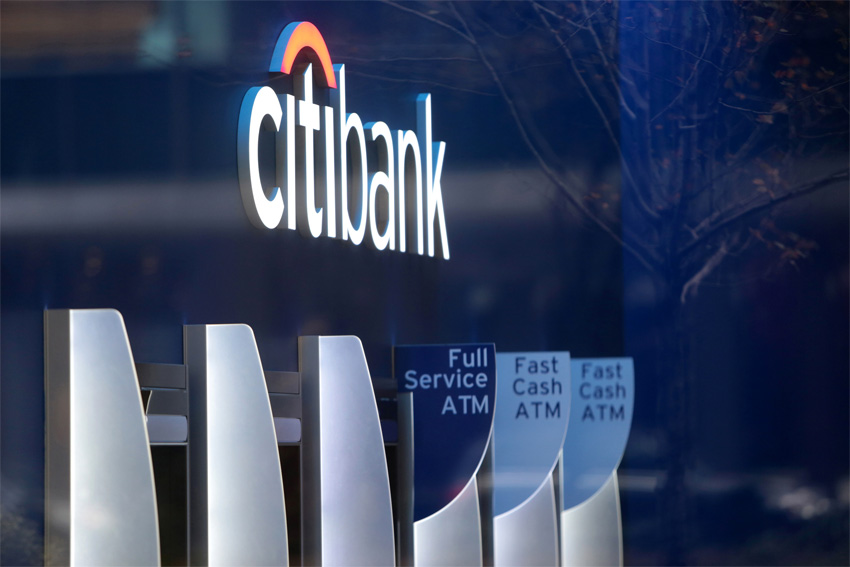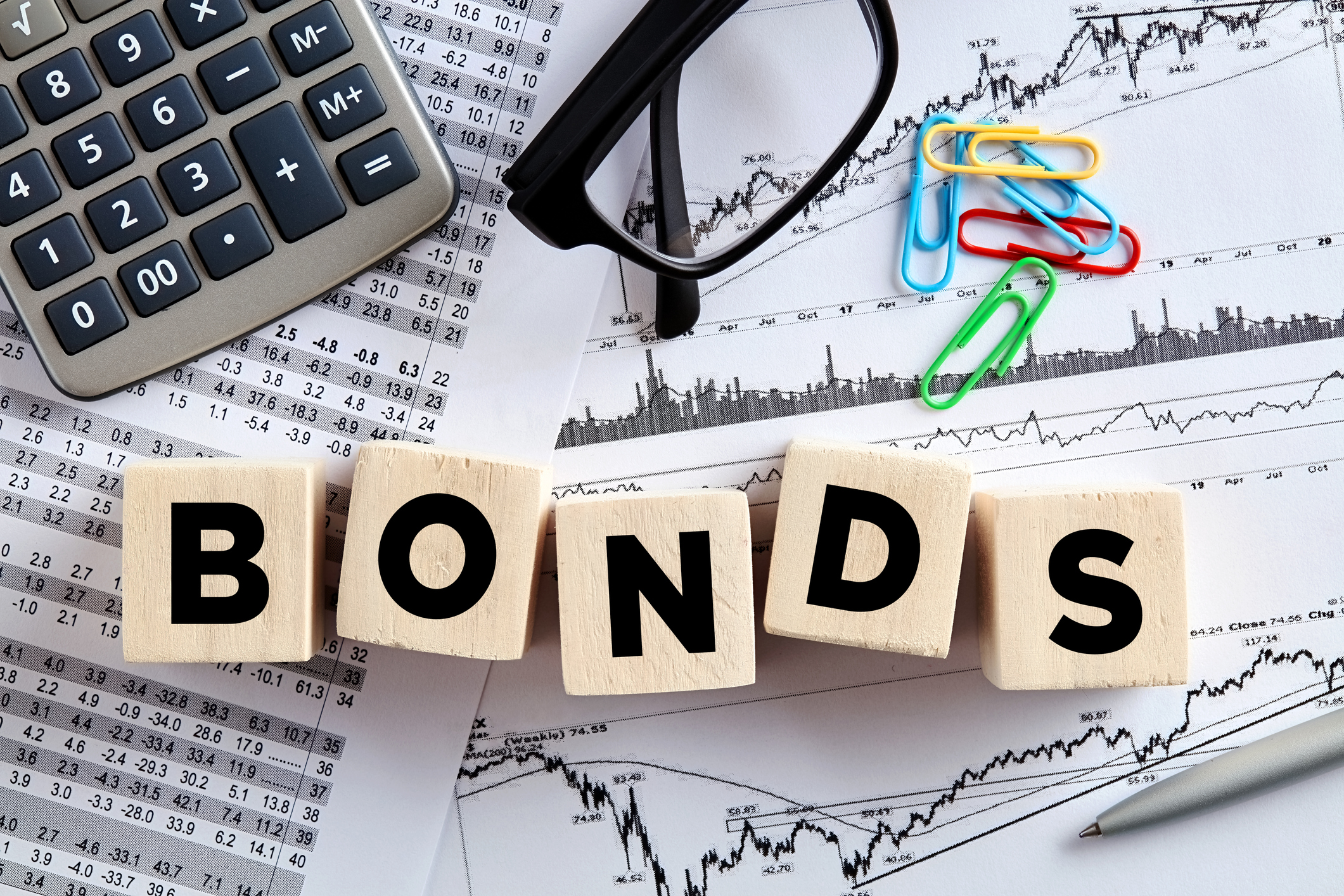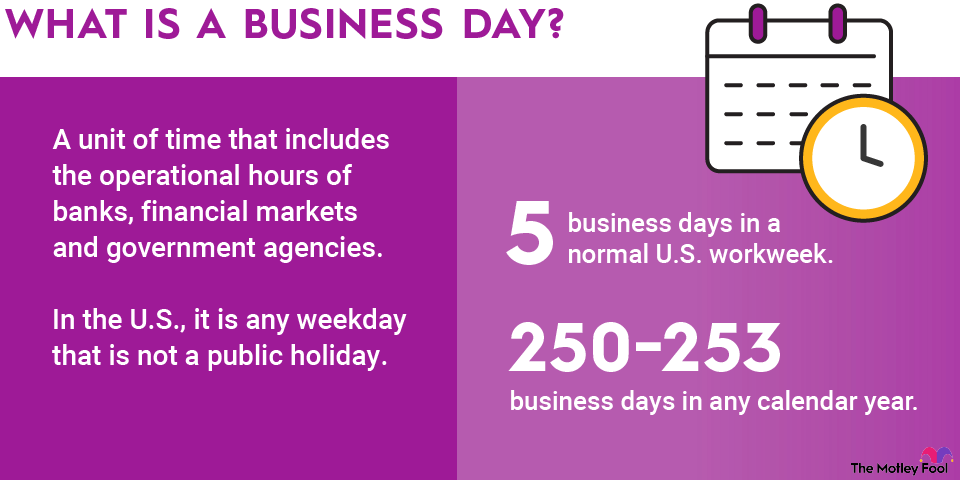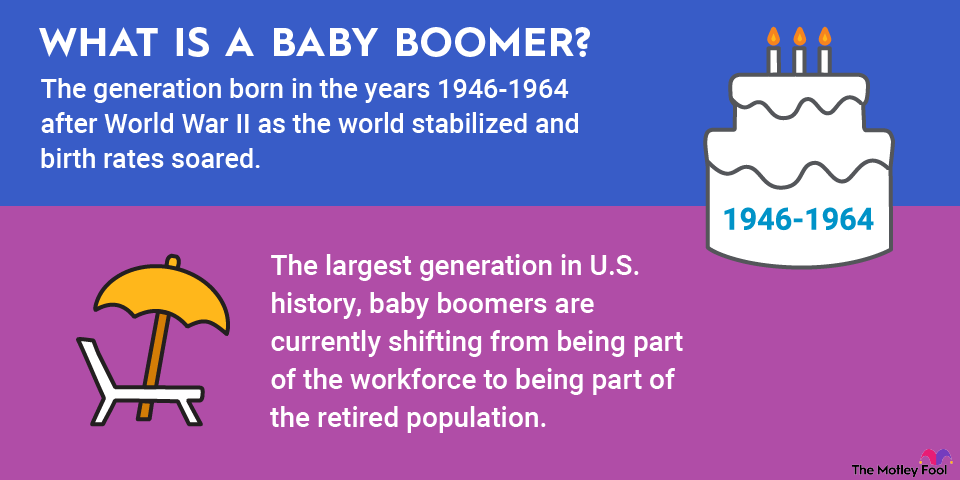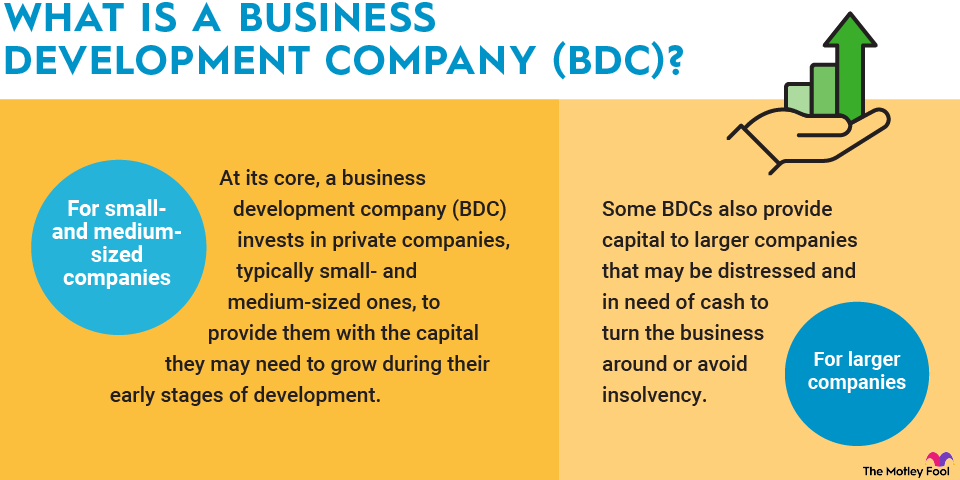On its most basic level, blockchain technology is a transaction ledger on a massive scale. Fortified by strong encryption and advanced security protocols, this ledger can serve as the basis for many different types of financial systems and cloud-computing networks. Blockchain is best known as the technology powering cryptocurrencies such as Bitcoin (BTC -0.87%) and Ethereum (ETH -1.16%), but that's just the tip of the iceberg.
The technology is more flexible than you might think. Here's what you need to know about blockchain networks.

What is a blockchain network?
Blockchain systems rely on a peer-to-peer network of computers that analyze a shared digital ledger at regular intervals. New transactions must be confirmed by a predetermined number of computer nodes. When a new block of transactions gets the stamp of approval from enough nodes, the new data is written in stone and the blockchain moves on to considering another list of new transactions.
The transactions can involve physical goods such as cash-based monetary value, car titles, land ownership, and more. They can also handle intangible assets like patents, branding, or intellectual property.
As the name implies, you can think of a blockchain as a chain of data blocks. Each block consists of a list of transactions connected to the previous block in the chain. Each block -- including that crucial link to the previous block -- is secured by highly secure layers of encryption. The architecture makes it almost impossible to change any of the blockchain's data.
The approval system comes in many forms. In the proof-of-work architecture currently underpinning the Bitcoin and Ethereum systems, many computers solve difficult mathematical problems to earn the right to approve and lock down the next data block. In proof-of-stake systems like Ethereum rival Cardano (ADA -1.32%), current owners of the cryptocurrency earn the same transaction approval powers by staking their coins. This way, the largest holders of each digital currency have more power over the security and future direction of that project.
Paired with a variety of approval systems based on peer-to-peer networking and modern game theory, the unchangeable nature of these digital data blocks allows blockchain systems to run across a global network. You can also go one step further and run the blockchain system across a private network instead, sacrificing the decentralized nature of a public blockchain in exchange for another layer of data security.
What is blockchain used for?
The architecture has many different uses, and relatively simple cryptocurrencies in the Bitcoin mold only scratch the surface of what this technology can do.
The previously noted smart contracts are pieces of program code that can be executed by the Ethereum virtual machine when a predetermined set of conditions has been met. Let's say you want to sell an asset on the Ethereum network if a bidder offers a certain number of Ethereum tokens for it. You could set up a smart contract that checks the value of all incoming bids for your asset -- which could be a piece of real estate, a non-fungible token (NFT), or any other unique property -- and only accepts transactions above your minimum bid.
The virtual machine code is executed every time the preset conditions are met. This is the lifeblood of decentralized finance applications, including the aforementioned NFTs.
But that's just one small example in a vast ocean of possibilities. In practice, blockchains can manage any system that involves digital data points and/or transactions.
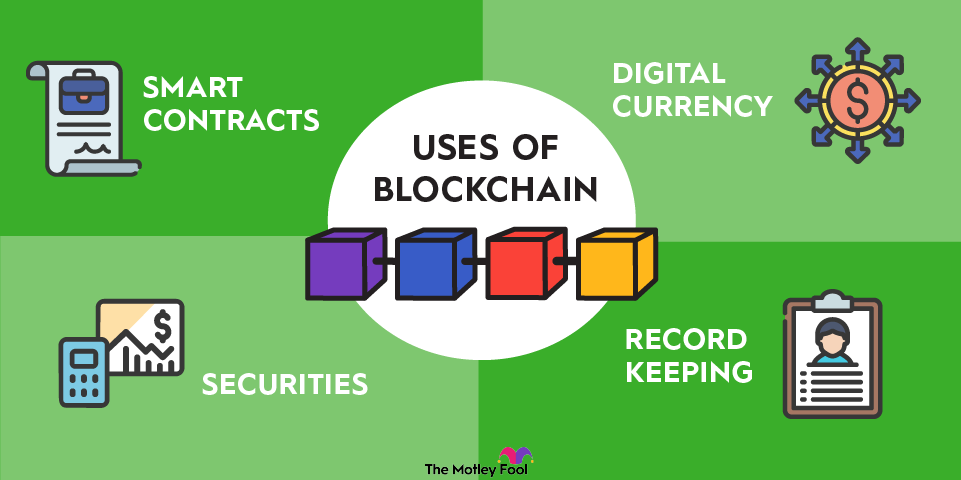
How to invest in blockchain
Blockchain networks offer tons of promise for real-world implementation with game-changing implications for nearly every sector and industry. That being said, these are still the early days of cryptocurrency and blockchain technologies, and many loose ends are up in the air. The situation is arguably similar to the internet of the 1990s when many future business giants were created in garages and college campuses around the world -- but no one had quite figured out how to make money online yet.
Regulators around the world are still trying to figure out how legal and tax-related frameworks should look for the long term, especially on an international level. Also, both consumers and governments will probably need many years to build trust in these newfangled technologies.
Early investors can make a lot of money on blockchain networks and related stocks as the industry develops over the long haul, but every name won’t be a guaranteed winner. A sensible blockchain investor should approach this evolving sector with diversification and careful ticker-picking in mind.

